If you’ve heard of GLP-1, it’s probably in the context of appetite control, blood sugar balance, and weight management. This powerful hormone plays a critical role in helping your body regulate hunger—and when supported properly, it can help you feel fuller longer and snack less throughout the day.
What you may not know is that your body already makes GLP-1 naturally. And the key to unlocking more of it might just be hidden in the very fibers of the food we eat.
What is GLP-1?
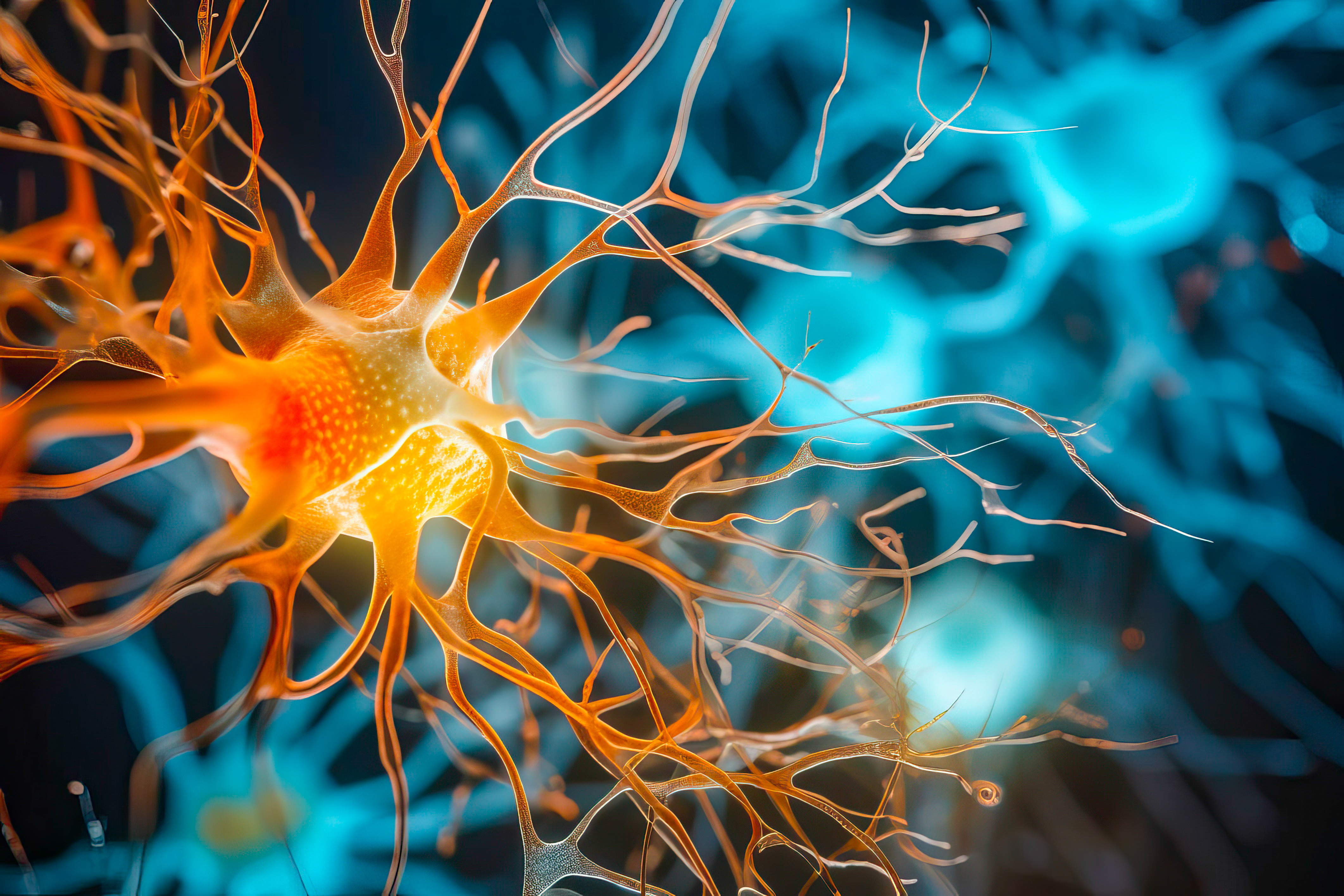
GLP-1 is a hormone produced in the gut, and a powerful player in the complex game of hunger regulation. When we consume food, numerous appetite hormones are released. Some of these hormones signal to your brain to keep eating (like ghrelin) while others (such as GLP-1) communicate feelings of fullness and satiety.
GLP-1 also plays a big role in reducing inflammation in the gut, slowing down gastric emptying time, and stimulating insulin release which thereby regulates blood sugar.
Can You Increase GLP-1 Naturally?
Absolutely. Since GLP-1 is naturally produced by the body, the right foods and lifestyle habits can help stimulate more of it.
The Natural Boost: How Diet Influences GLP-1
As mentioned, GLP-1 is a hormone that gets released from the gut when food enters the stomach. Obviously, this means food plays a major role in its production, and certain foods will make natural GLP-1 last longer in your body more than others.
The most important food for stimulating GLP-1 production is the same one 95% of Americans don’t consume enough of—fiber.
Fiber: The Unsung Hero of Gut Health
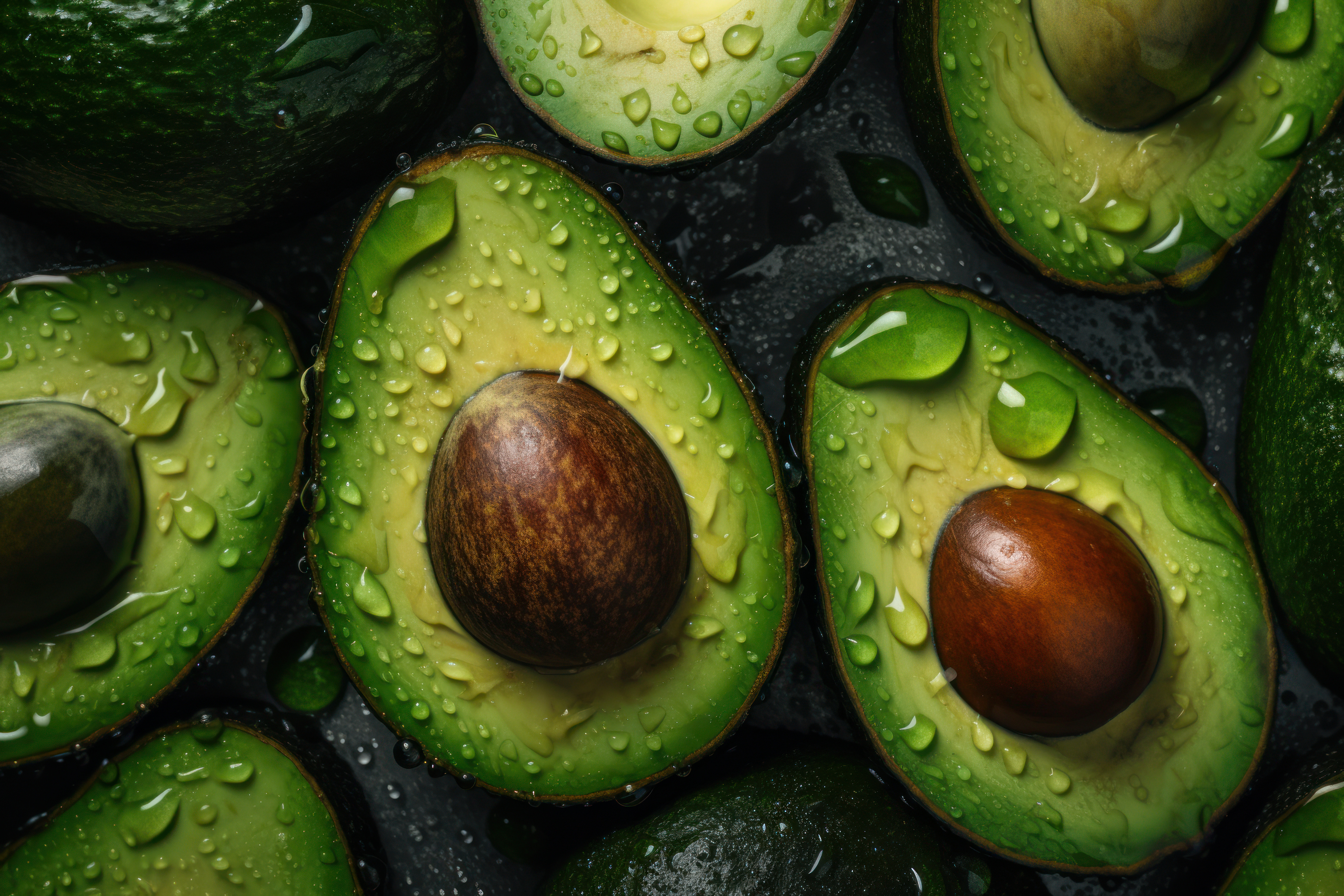
Fiber is associated with a range of health benefits, including better digestion, blood sugar control, immunity, mood, sleep, cholesterol, and yep—appetite regulation and weight loss.
The common denominator across all of these health benefits is your gut microbiome—a community of trillions of microorganisms in your small intestine that scientists believe is responsible for most of the human body’s most important biological processes.
The key is to nourish good microbes with their number one source of fuel—which is plants. We’re talking fruits and vegetables. Whole grains. Nuts and seeds. Legumes. The works!
When you consume these foods, your gut microbes break down the fibers, and ferment them into metabolites known as short-chain fatty acids, which, along with a slew of anti-inflammatory and immunoregulatory health benefits, will trigger the release of hormones like GLP-1.
Is All Fiber Created Equally in GLP-1 Production?
Not quite. Some types of dietary fiber are far more effective at producing natural GLP-1 than others. The most promising types are fermentable fibers, also known as prebiotic fibers—the ones that bypass digestion and reach your colon intact, where they can be fermented by beneficial microbes.
The Best Types of Fiber for Producing GLP-1
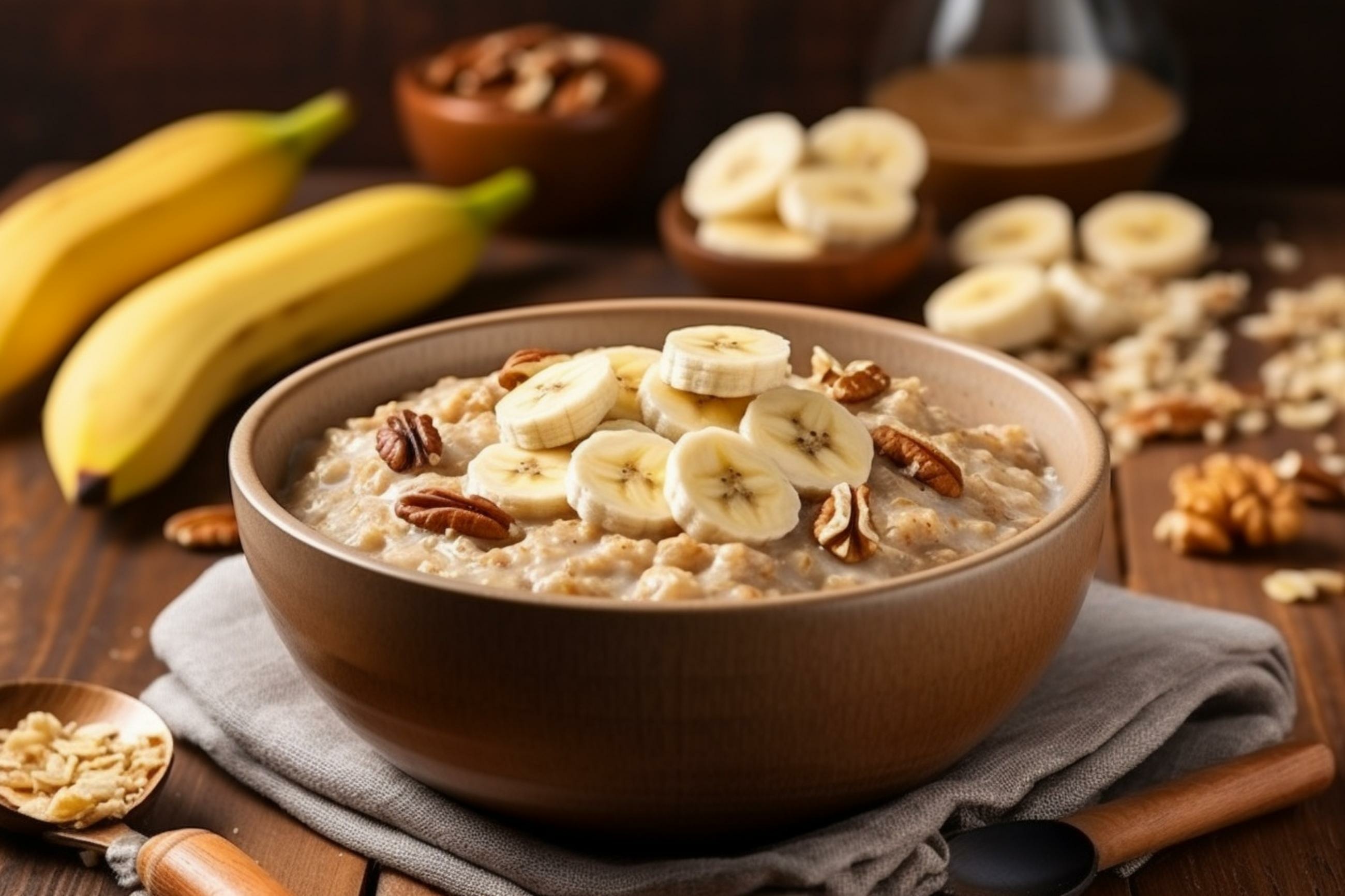
Two types of prebiotic fiber stand out when it comes to boosting natural GLP-1 production:
- Beta-glucan comes from foods like oats, barley, and beans. New studies demonstrate beta-glucan achieves remarkable results in not only satiety but also weight management. In one preliminary study with mice, researchers found beta-glucan induced the most weight loss in obese animals.
- Resistant starch comes from foods like unripe bananas, potatoes, and oatmeal. This unique fiber produces more butyrate than any other type of dietary fiber, and butyrate is a short-chain fatty acid known to increase GLP-1 production.
Fun fact: The prebiotic fiber blend we use in all Supergut products is actually a mix of both beta-glucan and resistant starch—designed to help support appetite control, satiety, and gut health naturally.
Other Foods That Boost GLP-1 Naturally
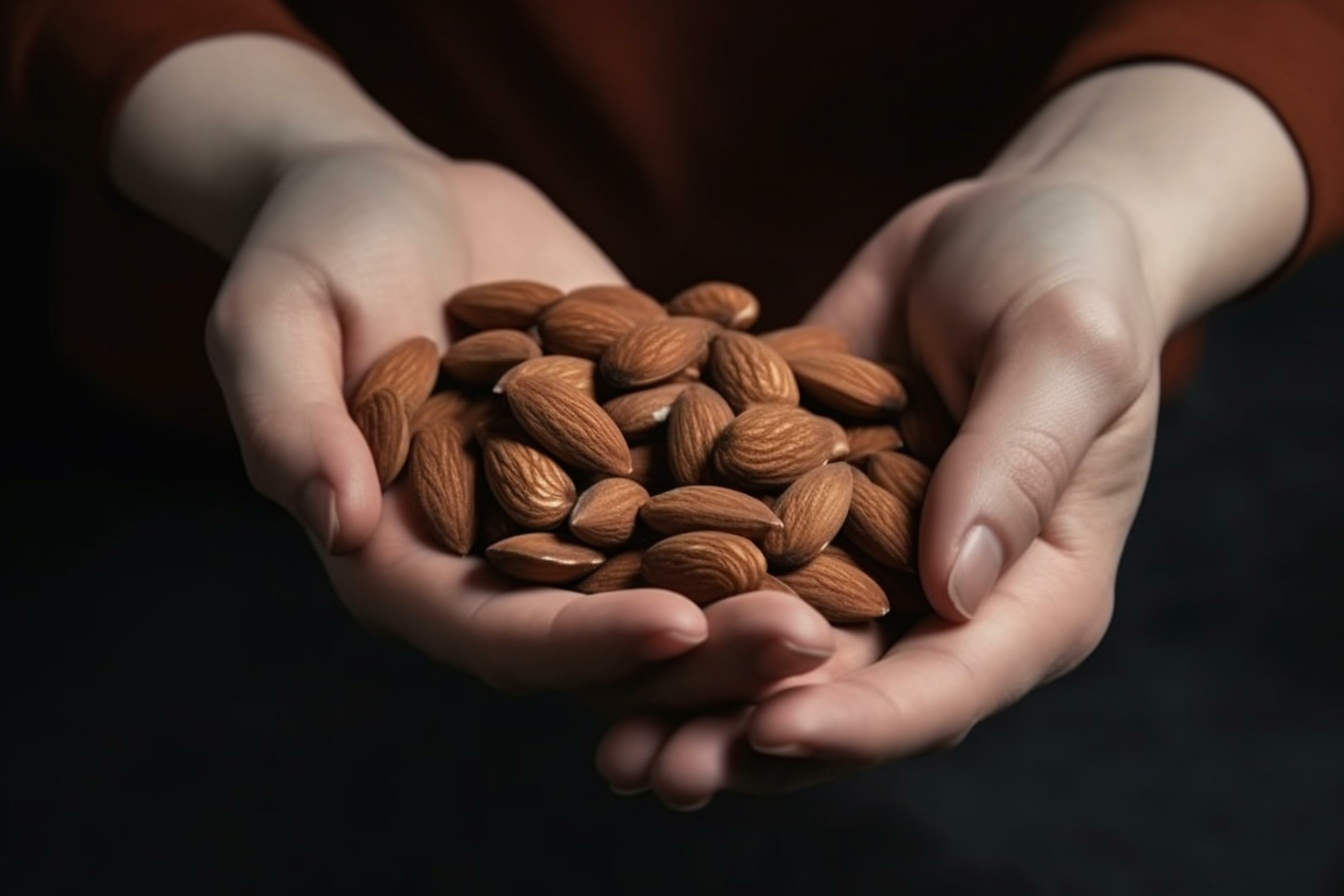
To naturally augment your GLP-1 levels and foster gut health, a varied dietary approach is key. Here are some effective strategies:
Incorporate Prebiotic Fiber
For reasons listed above. But it bears repeating—prebiotic fiber is the number one fuel source for beneficial gut microbes.
Opt for Healthy Fats
Most Americans get too many Omega-6 fatty acids and not enough Omega-3s. Yet Omega-3s—found in fish, avocados, olives, and nuts—are hugely important for optimal gut health and thereby appetite hormones.
Prioritize Protein
Opting for lean meats, fish, tofu, and legumes ensures the intake of essential amino acids and can also stimulate GLP-1 secretion.
Lifestyle Influences on GLP-1

Your daily routine matters, too. Here are a few evidence-backed ways to naturally support your GLP-1 levels:
Exercise
Studies suggest that regular physical activity can boost GLP-1 levels significantly. A blend of strength training and cardiovascular exercise is most beneficial.
Stress Reduction
Stress can negatively affect GLP-1 production. Techniques such as yoga and meditation can help manage stress and maintain healthy GLP-1 levels.
Sleep
Adequate sleep is crucial for hormone regulation, including GLP-1 production. Aim for 7-8 hours of quality sleep nightly.
Final Word
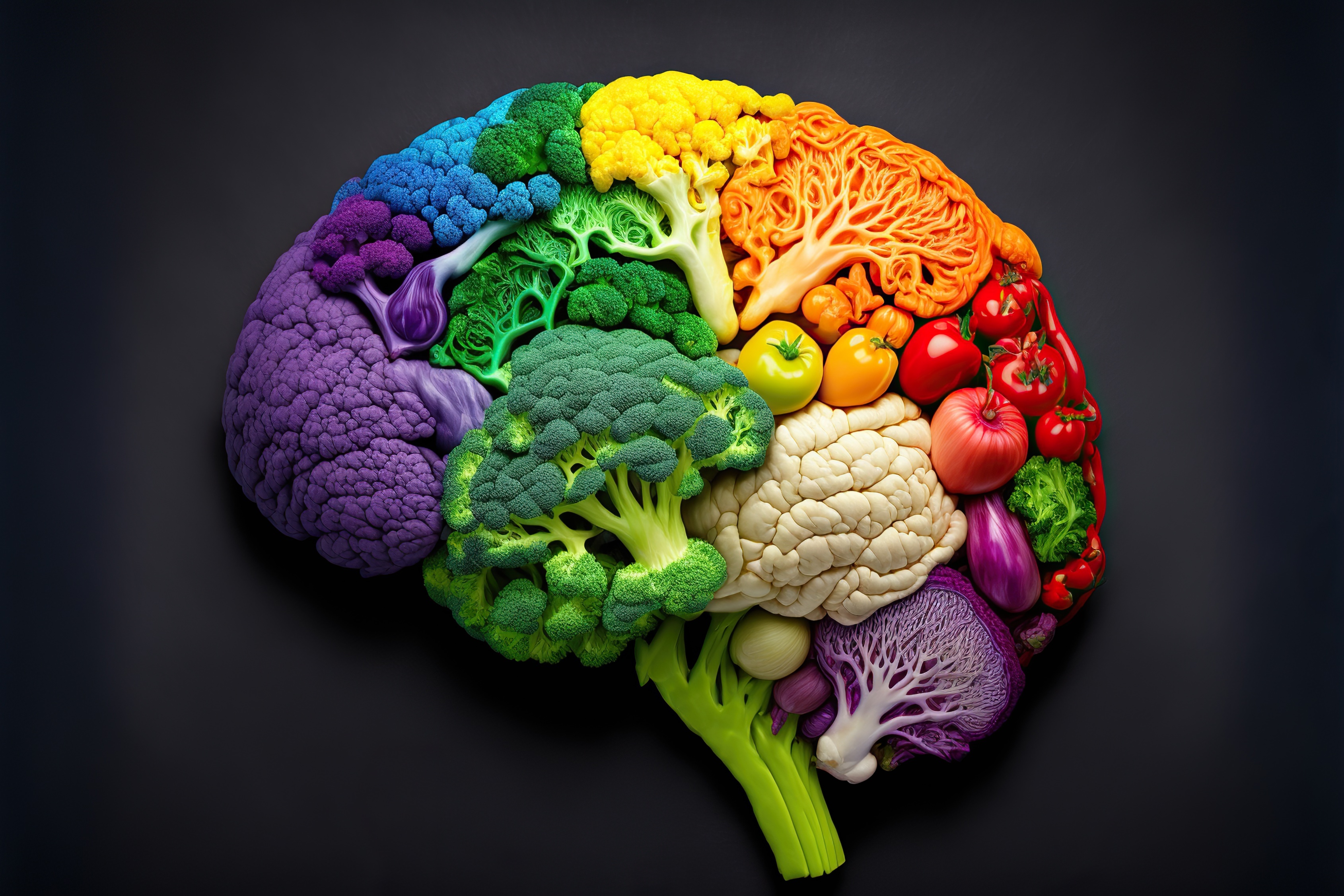
GLP-1 is one of the body’s most powerful satiety hormones—and you don’t need a prescription to tap into its potential.
By focusing on prebiotic-rich foods like oats, legumes, and green bananas, and by establishing gut-friendly lifestyle habits, you can naturally support your body’s ability to regulate appetite, balance blood sugar, and manage weight.
If you’re looking for a delicious and convenient way to get more prebiotics into your daily diet, Supergut can help.









